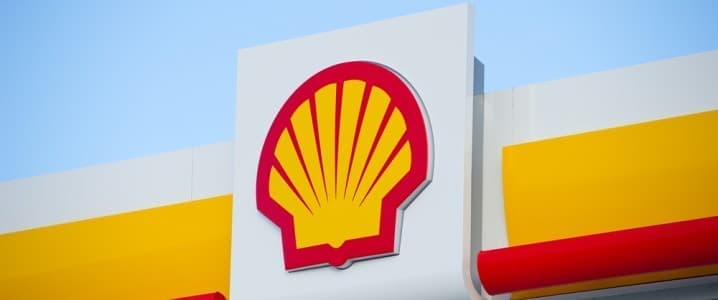
Shell and Esso set up the NAM joint venture in the 1950s and started producing gas from the giant Groningen field in the Netherlands in the 1960s. According to NAM’s website, the company supplies 75% of the natural gas required by Dutch households and businesses. A total of 93% of all Dutch households use natural gas and gas accounts for 45% of all the energy that is used in the Netherlands.
Shell and Exxon’s decision to sell one of the oldest gas-producing ventures would be part of both companies’ plans to divest aging assets they no longer consider core to their respective operations, Reuters notes.
According to Reuters’ sources, NAM’s assets up for sale – including three gas processing plants, pipeline networks, and offshore gas fields – could be valued at between $1 billion and $1.5 billion.
The two international majors expect that the current dire need for gas supply in Europe and the high natural gas prices could make those assets attractive to prospective buyers, the sources told Reuters.
After years of debates and measures to curb production at the field, the Dutch government decided in 2018 that output at Groningen would be terminated by 2030, with a reduction by two-thirds until 2021-2022 and another cut after that.
However, early this year, even before the war in Ukraine, the Dutch government said that it might need more gas to be pumped at Groningen, once Europe’s biggest gas field, to ensure supply because of long-term export contracts with Germany and a delay in the commissioning of a facility in the Netherlands to treat imported gas for use for Dutch households.
Residents in the Groningen area voiced their anger at the plan of the Dutch government to potentially double this year's production from the Groningen gas field, which has been hit by earthquakes in the past.